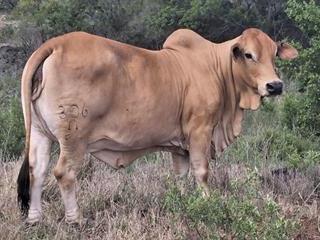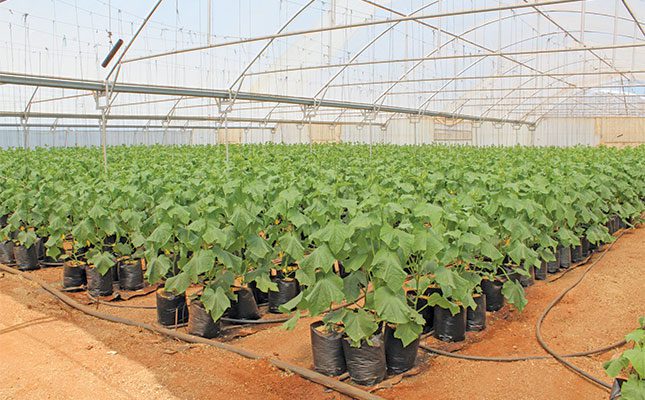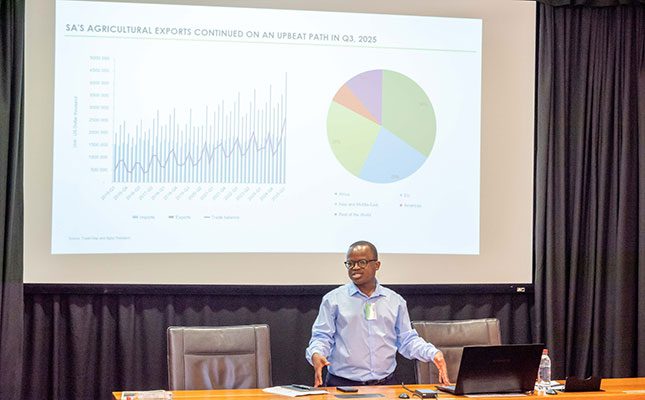Nitrogen fertiliser management on intensive pastures is a particular challenge for farmers, and the questions “how much” and “how often” invariably prove taxing. Understanding a few practical aspects of nitrogen fertilisation and applying particular management strategies can optimise nitrogen use. Some of the current approaches to nitrogen fertilisation have limitations. There’s often undue emphasis on total amounts of nitrogen applied per year. While this is valuable data from a financial budgeting perspective, it has little significance from an operational point of view. Farmers tend to favour simplistic approaches because they’re management-friendly, but they result in highly inefficient nitrogen use at certain times of the year, such as a fixed rate of nitrogen application (typically 100kg of urea) per month, or applying 25kg/t to 35kg/t of dry matter assumed to have been eaten by livestock. Pasture grasses get their nutrients from fertiliser, the excreta of grazing animals and nitrogen released from soil organic matter.
To ensure the efficient use of nitrogen fertiliser, the effects of the latter two sources must be taken into account when developing a fertiliser programme. Massive seasonal variations in pasture growth rate must also be considered. T he nutrients returned to the pasture in dung and urine come from what the herd grazes off the field and from silage and concentrates. Animals use only a small proportion of what they eat to produce milk and meat. The rest is excreted as dung or urine. To get an idea of the breakdown of these proportions see Table 1. Table 2 shows the approximate amount of nitrogen, phosphorus and potassium (NPK) a cow excretes in a year. The amounts of nitrogen and potassium are particularly high. The fertiliser value of these nutrients is in the vicinity of 388, excluding the value of secondary nutrients such as sulphur, calcium and magnesium, or micronutrients such as zinc, copper, manganese and boron. The figure also doesn’t take into account the dung’s contribution to the soil organic matter, and the stimulation of soil organisms that also contribute to the soil’s nutrition. Recycling nutrients back into the soil I n a herd of 500 milk cows, about R2 million worth of plant nutrients are cycling through the animals every year.
Putting these nutrients to effective use makes economic sense. It’s clear that, given the amount of nutrients found in dung and urine, as much of it as possible must be cycled back onto the pasture. The amount of plant nutrients returned to the pasture through excretal deposition is directly proportionate to the amount of time the animals spend there (see Figure 1). This means the animals should spend as little time as possible in holding pens and milk parlours, or an effort must be made to collect the dung and urine left in those areas. Slurry from holding yards and milking parlours is a rich source of plant nutrients. However, its composition varies widely as it is dependent on dilution. Typical amounts of NPK supplied in a 25mm slurry application are shown in Figure 2. As the current value of this NPK is about R1 370, the importance of using it efficiently cannot be overemphasised. Contact Neil Miles on 084 577 7087. |fw








